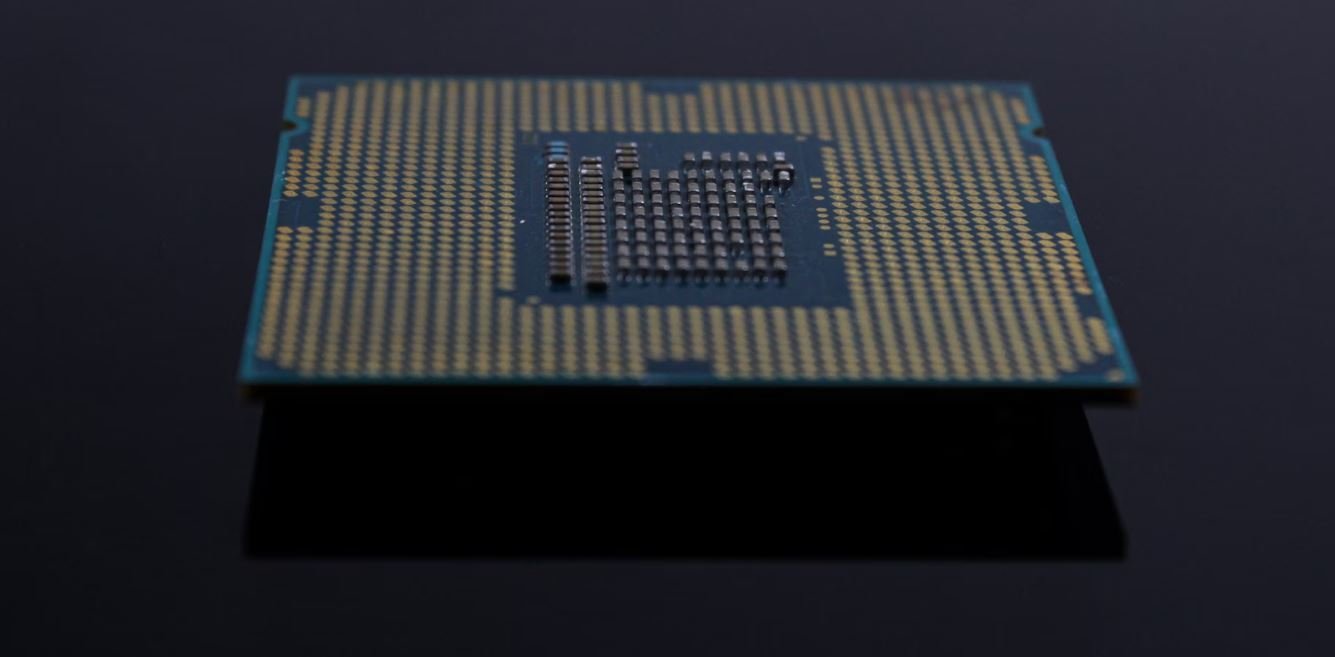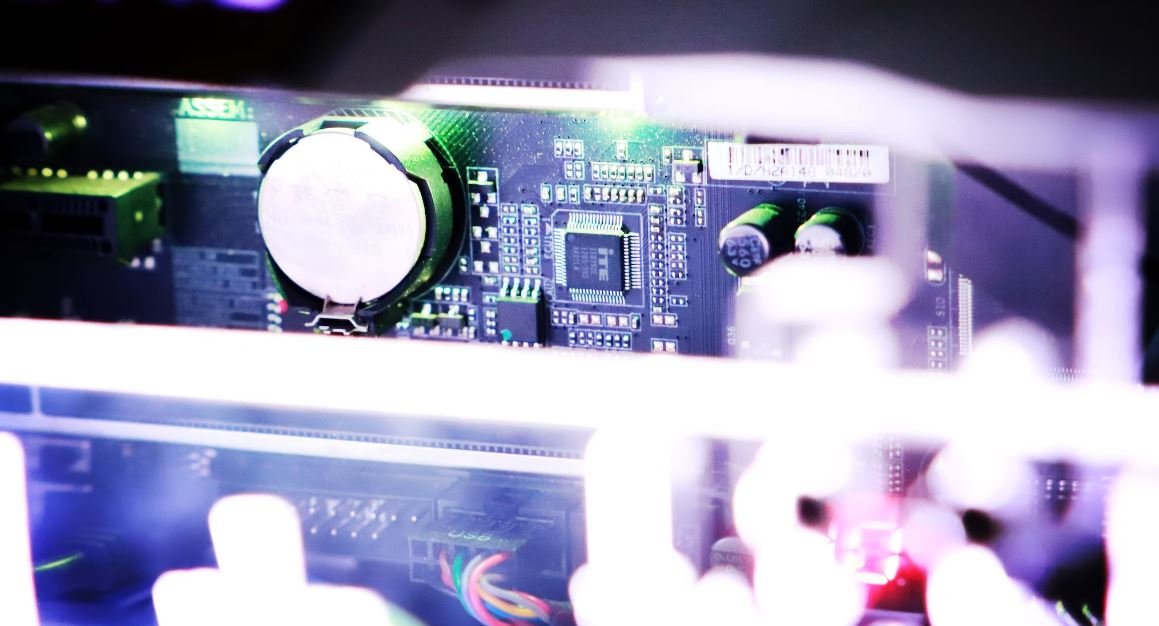Deepfake Technology
Deepfake technology, an emerging AI-powered technique, is capable of producing hyper-realistic fake videos and audio that can deceive viewers into believing something false. This technology has raised concerns about the potential for misinformation, privacy violations, and the erosion of trust in digital media. Understanding deepfake technology and its implications is essential in today’s digital landscape.
Key Takeaways:
- Deepfake technology uses AI algorithms to manipulate or create convincing fake videos and audio.
- It can be used for both harmless entertainment purposes and malicious activities.
- Deepfakes have the potential to cause significant harm by spreading false information and damaging reputations.
- Countermeasures against deepfakes are being developed, but the technology is constantly evolving.
**Deepfake technology** is based on deep learning algorithms that analyze and understand patterns in vast datasets. These algorithms can then generate highly realistic fake videos and audio by replacing or superimposing faces, sounds, or voices onto existing footage or recordings. The resulting deepfake media often appears authentic, making it difficult to distinguish between what is real and what is fake.
Deepfakes have garnered attention for their potential to manipulate public opinion, spread false information, and breach privacy. *The rise of deepfakes poses a threat to individuals, organizations, and society as a whole.* In a world where information is readily accessible and shared at a rapid pace, the consequences of malicious deepfakes can be far-reaching.
**Table 1** provides an overview of the potential uses and risks associated with deepfake technology:
| Potential Uses | Risks |
|---|---|
| Entertainment | Spread of misinformation |
| Creative arts | Damage to reputation |
| Public awareness campaigns | Political manipulation |
| Historical preservation | Privacy invasion |
**Countermeasures** against deepfake technology are continuously being developed to mitigate its negative impact. Various approaches aim to detect and authenticate manipulated media, such as analyzing artifacts and anomalies in the video or examining inconsistencies in facial movements and voice patterns. *However, the cat-and-mouse game between deepfake creators and technology developers is ongoing, with advancements being made on both sides.*
**Table 2** presents examples of prominent deepfake detection methods and their effectiveness:
| Detection Method | Effectiveness |
|---|---|
| Forensic analysis | High |
| Biometric measures | Moderate |
| Attention-based models | Low |
*Deepfake technology is evolving rapidly, with new techniques and advancements being introduced continuously.* As a result, ongoing research is required to stay at the forefront of detecting and combating deepfakes effectively. Governments, tech companies, and researchers are collaborating to develop robust detection systems and educate the public about the existence and risks posed by deepfake media.
**Table 3** showcases organizations involved in combatting deepfakes and their initiatives:
| Organization | Initiative |
|---|---|
| Deepfake detection challenge | |
| OpenAI | Publication of influential AI models |
| Deeptrace | Deepfake detection tool |
By better understanding the capabilities and risks associated with deepfake technology, individuals can critically evaluate the media they consume and actively contribute to the fight against disinformation. *The ability to discern between reality and manipulated content is essential as technology continues to advance.* Vigilance and awareness are key to maintaining trust in the digital world.

Common Misconceptions
Deepfake Technology
Deepfake technology has gained significant attention and popularity in recent years. Unfortunately, there are several misconceptions surrounding this powerful technology that often lead to misunderstandings. Let’s address some of the most common misconceptions:
- Deepfakes are always used for malicious purposes.
- Deepfakes are indistinguishable from real videos or images.
- Deepfakes can only be created by professionals with advanced technical skills.
Contrary to popular belief, deepfakes are not always created with malicious intent. While deepfake technology has been misused for creating fake celebrity pornographic videos, there are also positive applications. For instance, it can be used in the entertainment industry to create realistic visual effects or to bring historical figures back to life for educational purposes.
- Deepfakes can manipulate any type of media.
- Deepfakes can perfectly replicate anyone’s voice.
- Deepfakes are foolproof and impossible to detect.
Another common misconception is that deepfakes have the ability to manipulate any type of media, including audio. However, deepfake technology is primarily focused on generating realistic synthetic images or videos. While voice cloning technology exists separately, it is not directly related to deepfakes.
Despite their increasingly realistic appearance, deepfakes are not completely undetectable. There are several techniques and tools being developed that can analyze and identify deepfake content. However, as the technology progresses, so does the challenge of detecting sophisticated deepfakes. It remains an ongoing arms race between the creators and the detectors.
- Deepfakes will undermine trust in visual media.
- Deepfakes will replace human actors and actresses.
- Deepfakes can be easily created by anyone with basic computer skills.
While deepfakes have the potential to raise concerns about trust in visual media, it is crucial to remember that advancements in technology will also lead to the development of better detection methods. Therefore, the impact on trust can be mitigated with improved safeguards and tools. Additionally, the fear that deepfakes will replace human actors and actresses is largely unwarranted. Deepfakes, at their current stage, require extensive computational resources and technical expertise, making the creation process inaccessible to the average individual.
Overall, it’s important to have a comprehensive understanding of deepfake technology and dispel common misconceptions. By addressing these misconceptions, we can navigate and appreciate the potential of this technology while also being aware of its limitations and risks.

How Deepfake Technology Works
Deepfake technology is a powerful tool that uses artificial intelligence to manipulate or fabricate audio and video content, often replacing someone’s face with another’s to create convincing but false footage. The following table provides a breakdown of the key components involved in creating a deepfake.
| Component | Description |
|---|---|
| Dataset | A collection of real footage used as a reference for the targeted person. |
| Neural Network | An AI model trained to identify and recognize facial features by analyzing the dataset. |
| Encoder | Encodes the facial movements of the targeted person and generates a latent space representation. |
| Decoder | Generates a realistic face based on the latent space representation. |
| Identity Swapping | Swaps the generated face with the targeted person’s face in the original video. |
| Video Processor | Adjusts settings, such as lighting and grain, to make the deepfake more convincing. |
| Post-Processing | Further editing to refine the deepfake’s quality and ensure it aligns with the original footage. |
Deepfake Impact on Elections
With the rise of deepfake technology, the potential for its misuse in elections has become a growing concern. The table below highlights some instances where deepfakes have been used or feared to influence electoral processes.
| Country | Year | Incident |
|---|---|---|
| India | 2019 | A video of a politician’s fake speech went viral, causing political unrest. |
| United States | 2020 | Deepfakes were created to spread disinformation about candidates during the election campaign. |
| Brazil | 2022 | Fears arise around deepfakes disrupting the presidential election through the spread of false narratives. |
Deepfake Detection Techniques
Researchers are actively developing methods to detect and identify deepfake content. The table below outlines some commonly used techniques for deepfake detection.
| Technique | Description |
|---|---|
| Face Swapping Artifacts | Analyzes visual anomalies caused by face swapping, such as blurred edges or inconsistent lighting. |
| Eye Blinking Patterns | Examines the natural blinking patterns of a person, which can be altered or missing in deepfakes. |
| Speech Analysis | Uses voice analysis algorithms to detect irregularities in speech patterns and linguistic cues. |
| Motion Inconsistencies | Identifies unnatural movements or gestures that may indicate a deepfake. |
| Neural Network Analysis | Utilizes advanced AI systems to analyze subtle patterns or artifacts in the deepfake. |
The Legal Landscape
As deepfake technology continues to advance, legal frameworks struggle to keep up. The table below illustrates how different countries approach the regulation of deepfakes.
| Country | Regulation Status |
|---|---|
| United States | No specific federal laws regarding deepfakes, but states are adopting individual legislation. |
| Canada | Pending legislation aims to criminalize the creation and distribution of deepfakes without consent. |
| Germany | Currently, the law does not explicitly address deepfakes but related laws can be applied. |
| India | Existing laws can be used to prosecute deepfake creators for defamation or impersonation. |
| Australia | No specific legislation, but deepfakes can be subject to existing false information and defamation laws. |
Deepfakes in Entertainment
The entertainment industry often explores deepfake technology for creative purposes. The table below showcases some notable examples of deepfakes incorporated in movies and television.
| Film/TV Production | Description |
|---|---|
| Forrest Gump (1994) | Used deepfake-like techniques to incorporate Forrest’s face into historical footage. |
| Star Wars: Rogue One (2016) | Digitally recreated actors from previous films using CGI and deepfake-like methods. |
| Black Mirror: “Rachel, Jack and Ashley Too” (2019) | Deepfake technology was used to simulate a pop star’s personality within a robotic doll. |
Deepfakes and Cybersecurity
Deepfake technology poses various cybersecurity risks. The table below outlines potential security threats associated with the use of deepfakes.
| Threat | Description |
|---|---|
| Identity Theft | Deepfake videos or audios can be used to impersonate individuals and deceive others. |
| Corporate Espionage | Deepfakes can be utilized to manipulate sensitive conversations or deceive company executives. |
| Political Disinformation | Malicious actors can create deepfakes to spread false narratives and deceive voters. |
| Extortion and Fraud | Deepfake technologies can be abused for blackmail purposes or financial scams. |
Deepfake Detection Tools
To combat the spread of deepfakes, various tools and software have emerged to aid in detecting synthetic media. The table below features some popular deepfake detection tools.
| Tool | Description |
|---|---|
| Deeptrace | Deep learning-based platform that identifies deepfakes in images and videos. |
| Cognizant’s DeepFake | AI system that analyzes facial expressions and movement to detect deepfakes. |
| Microsoft Video Authenticator | A tool designed to analyze videos and assess the probability of them being a deepfake. |
Curbing Deepfake Technology
Addressing the challenges posed by deepfakes requires a multi-faceted approach involving technological, legal, and societal efforts. The table below presents measures that can be taken to curb the negative impacts of deepfake technology.
| Approach | Description |
|---|---|
| Advancing Detection Technologies | Continued research and development of sophisticated tools to identify and flag deepfake content. |
| Education and Awareness | Creating public awareness campaigns to educate people about deepfakes and their potential risks. |
| Strengthening Regulations | Implementing comprehensive and up-to-date legislation to address the malicious use of deepfakes. |
| Media Literacy Programs | Integrating media literacy education in school curricula to enable critical evaluation of digital content. |
| Concerted International Efforts | Collaboration among governments, technology companies, and organizations to combat deepfake threats globally. |
Deepfake technology presents a double-edged sword, offering immense creative potential while also posing significant risks to society. As the technology evolves, it is crucial to develop robust detection methods, establish effective legal frameworks, and foster a vigilant and educated population to mitigate the negative consequences of deepfakes.
Frequently Asked Questions
Deepfake Technology




